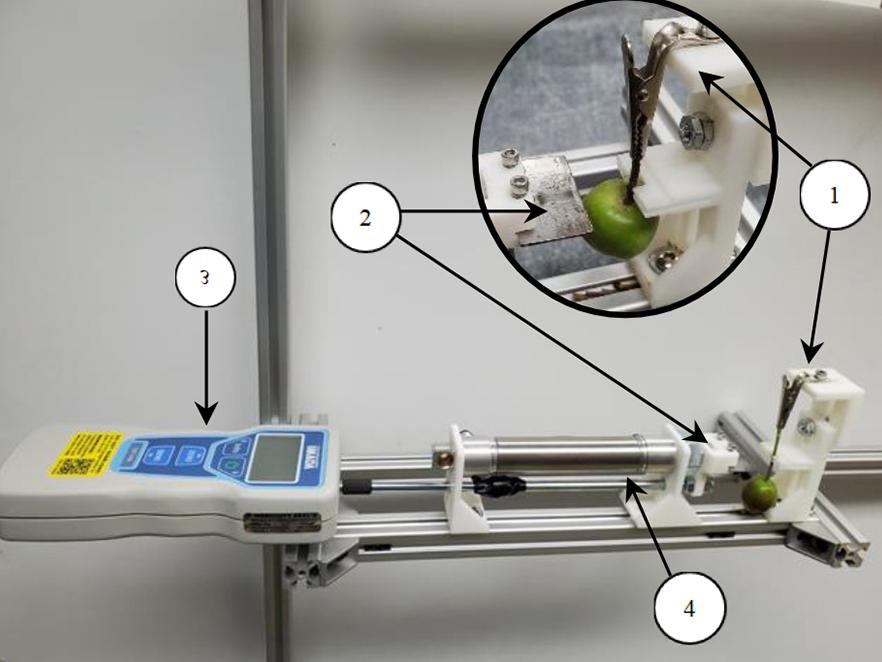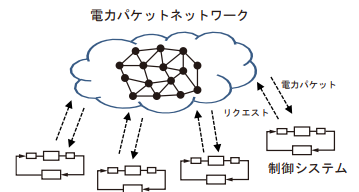2022-07-18 ペンシルベニア州立大学(PennState)
研究チームは、実際の表面を顕微鏡でスキャンし、オゾンの移動に関する流体力学のシミュレーションを行うことで、カーペットや布張りの壁など、室内の表面の地形の違いが空気からのオゾンの移動にどのような影響を与えるかを調べました。
研究チームは、室内表面の地形が、潜在的に気流特性を調節し、表面付近のオゾン境界層の大きさに影響を与え、その結果、オゾンがどれだけ表面に移行するかに影響を与えることを発見しました。カーペットの表面に不規則な凹凸があると、同じ気流条件下で、平滑な表面よりもはるかに厚い境界層(140%も大きい)を形成する可能性がある。
汚染物質の反応に利用できる有効表面積は、空気の速度と、表面と残りの空気の間の表面境界層内の乱流混合によって変化することが明らかになりました。
この方法を応用して、他の室内表面における室内空気速度とオゾン移行との関係をさらに調査したり、表面と空気の間の温度勾配が表面への汚染物質移行にどのように影響するかを分析したりすることが可能である。また、このモデルは、表面反応の確率を組み込むことでさらに拡張でき、表面の種類や年代、汚染物質の種類によって結果がどのように異なるかを調べることができる。
<関連情報>
- https://www.psu.edu/news/research/story/researchers-develop-framework-study-ozone-levels-realistic-indoor-surfaces/
- https://pubs.acs.org/doi/10.1021/acs.est.1c08040
室内表面境界層におけるオゾンの移動と沈着に関する理解 Understanding Ozone Transport and Deposition within Indoor Surface Boundary Layers
Gen Pei, Yuan Xuan, Glenn Morrison, and Donghyun Rim
Environmental Science and Technology Published:June 7, 2022
DOI:https://doi.org/10.1021/acs.est.1c08040

Abstract
Ozone-initiated oxidation reactions on indoor surfaces meaningfully alter the chemical composition of indoor air and human exposure to air toxins. Ozone mass transport within the indoor surface boundary layer plays a key role in ozone-surface reaction kinetics. However, limited information is available on detailed ozone transport dynamics near realistic, irregular indoor surfaces. This paper presents a research framework to study the underlying mechanisms of ozone reactions with realistic indoor surfaces based on microscope scanning of surface material and detailed Computational Fluid Dynamics (CFD) simulation. The study results show that indoor surface topography can meaningfully affect ozone mass transport within a surface boundary layer, thereby modulating near-surface ozone concentration gradient and surface uptake. The results also reveal that the effective indoor surface area available for ozone reaction varies with indoor air speed and turbulent air mixing within the boundary layer. The detailed dynamic behaviors of ozone reactions with realistic indoor surfaces provide insights into the implications of pollutant–surface interactions on indoor chemistry and air quality.



